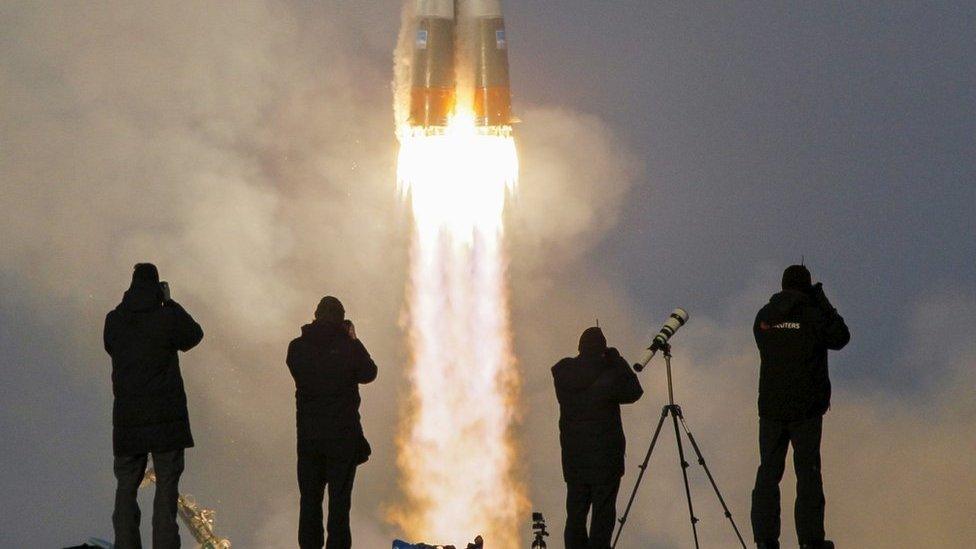Tim Peake launch: The seven Britons to go to space
- Published
Tim Peake is the UK's first official astronaut and the first British astronaut to go to the International Space Station.
However, he is not the first Briton in space.
According to the British Interplanetary Society, external, he is the seventh person born in the UK to have left the planet.

Helen Sharman
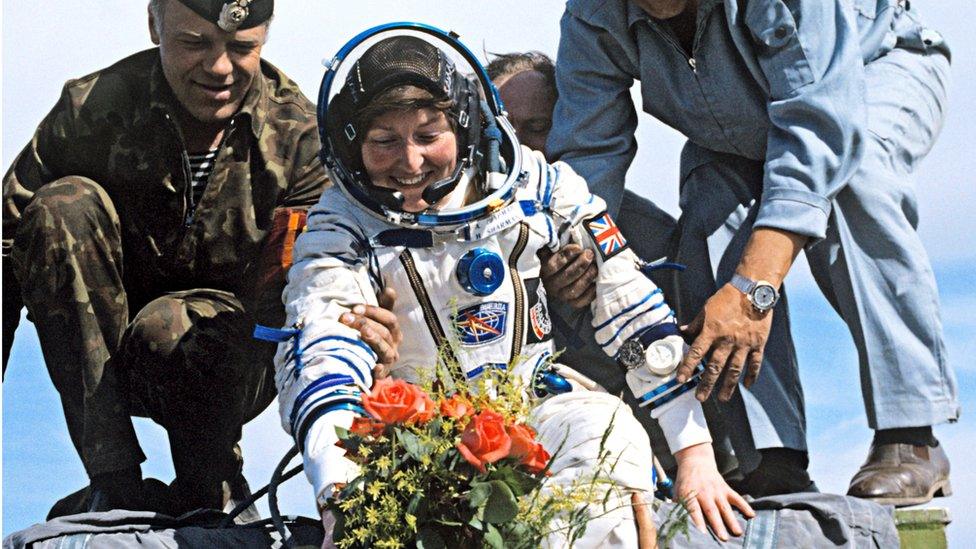
Helen Sharman visited the Mir space station in 1991
A former chemist for a chocolate company, Helen Sharman was Britain's first astronaut.
She won her place on a space trip in 1989 after answering an advertisement she heard on the radio, which said: "Astronaut wanted. No experience necessary."
She was eventually selected from more than 13,000 applicants to be the British member of the Soviet scientific space mission, Project Juno, which travelled to the Mir space station in 1991.
Ms Sharman spent 18 months training in Star City - 30km north-east of Moscow, Russia - and during her eight days in space she carried out a series of medical and agricultural experiments.
She has since become a lecturer and broadcaster on science.

Michael Foale
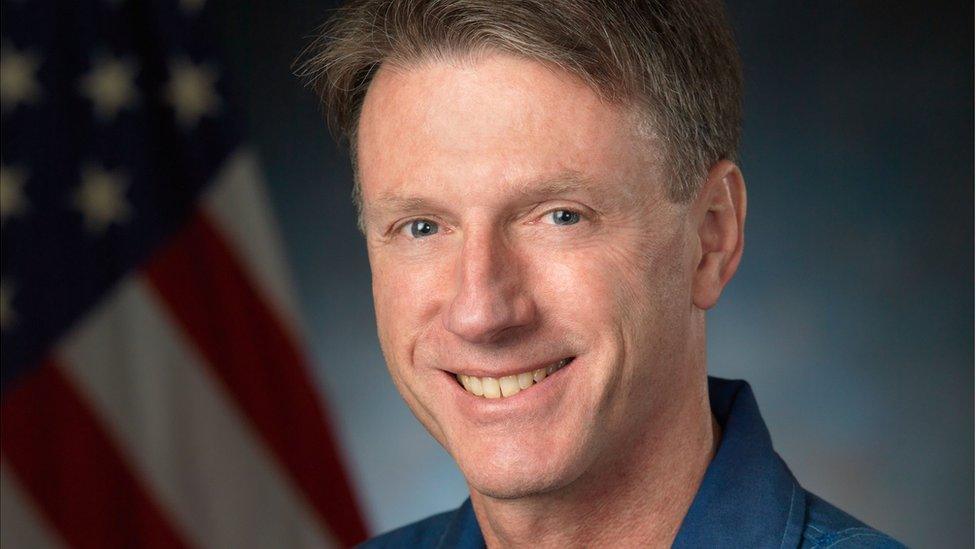
British-born Michael Foale went to school in Kent before studying at the University of Cambridge, where he was in a social club that included Stephen Fry and Hugh Laurie.
In June 1983, he joined Nasa's Johnson Space Center, working in mission control.
He was selected as an astronaut candidate in June 1987, and has since been a crew member on six space missions.
In 1997, while conducting experiments on board the Russian Mir space station, he helped to save the station following a collision with a cargo craft during a docking test.
According to his Nasa profile, Mr Foale - who has US citizenship - still considers Cambridge to be his hometown.
He has logged more than 374 days in space including four space walks totalling 22 hours and 44 minutes and is currently an advisor for the Inspiration Mars Foundation.

Piers Sellers
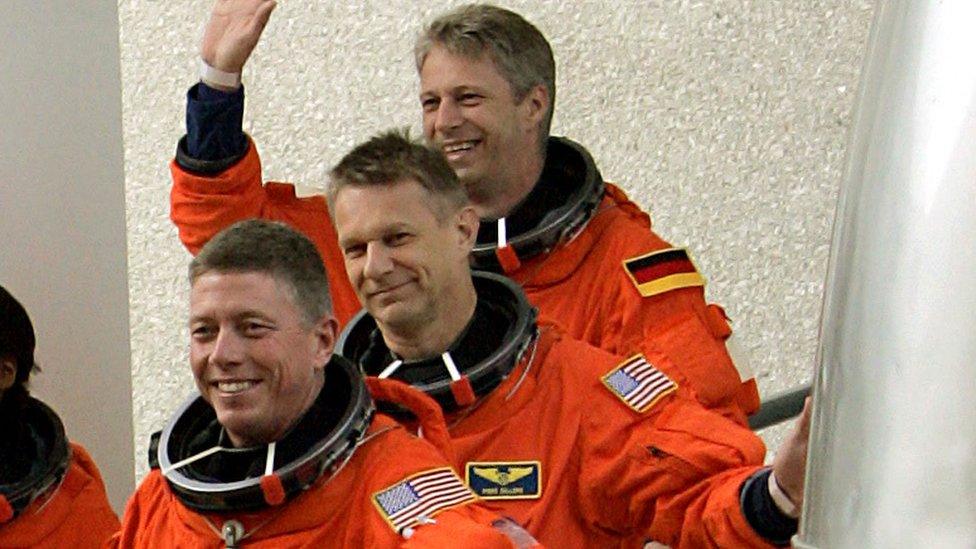
Born in the UK, Piers Sellers (pictured centre) went to school in Kent before attending Edinburgh University and Leeds University.
He then moved to the US in 1982 to carry out climate research at Nasa.
He joined Nasa's astronaut corps in 1996 and flew to the International Space Station (ISS) in 2002, 2006, and 2010 - carrying out six spacewalks and working on ISS assembly tasks.
He is currently deputy director of sciences and exploration and acting director of the Earth Sciences Division at Nasa.

Nicholas Patrick
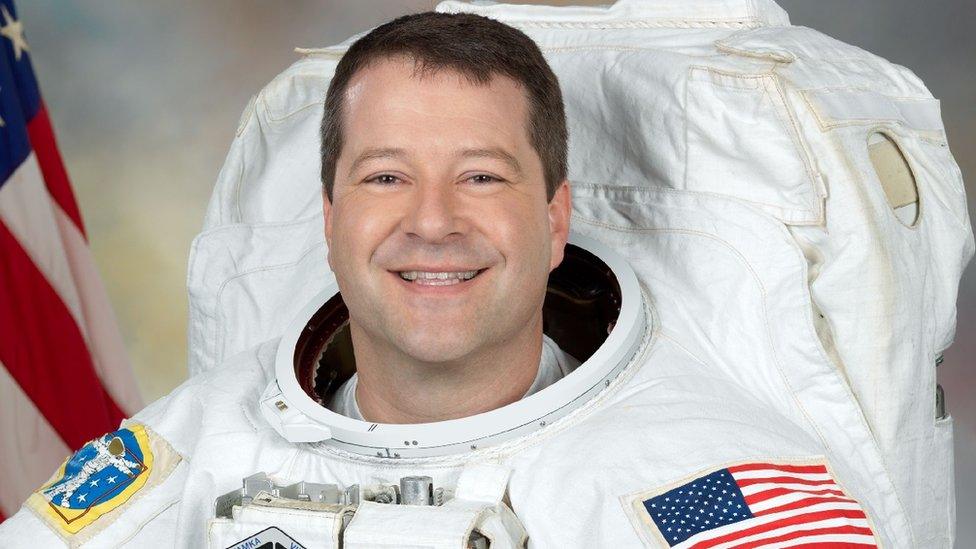
Born in North Yorkshire, he became a US citizen in 1994, but still considers London - as well as Rye, New York - his home cities.
He went to Harrow School, before studying engineering at University of Cambridge.
After graduating from Cambridge, he moved to Boston, in the US, where he worked as an aircraft engineer.
Having learned to fly in the Royal Air Force's volunteer reserve while at Cambridge, he became a flight instructor in the US before beginning astronaut training in 1998.
He has logged 638 hours in space as a mission specialist on two ISS construction flights, spending more than 18 hours on three spacewalks.
Mr Patrick retired from NASA in June 2012.

Gregory H Johnson
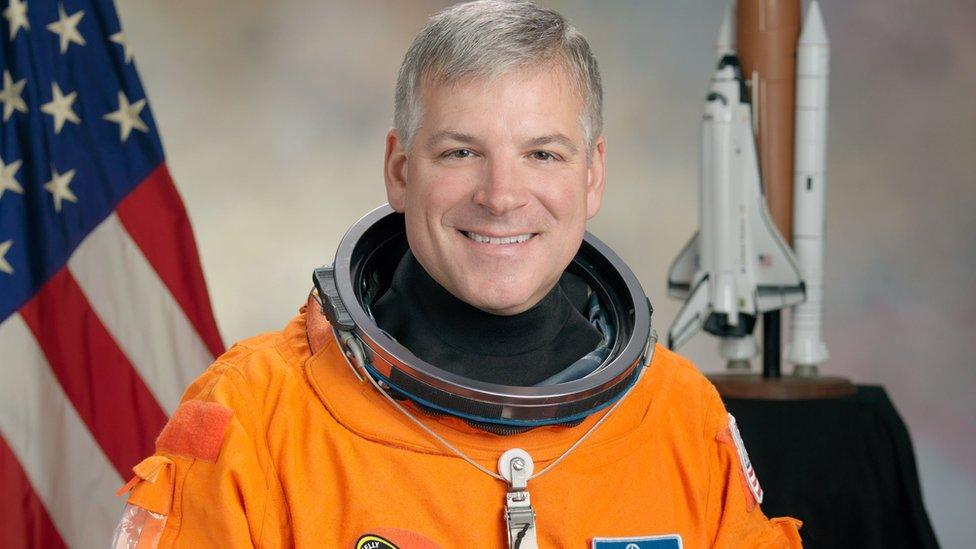
Another British-born Nasa astronaut, Gregory H Johnson is a retired US Air Force colonel, who was selected by Nasa in 1998.
Born in South Ruislip, north-west London, he went to school in the US, before flying F-15 jets during the first Gulf War.
He served as pilot on his first Nasa mission - on Space Shuttle Endeavour in 2008 - which delivered parts to the ISS.
He was also assigned as the pilot of the 2011 Endeavour flight - the penultimate mission of Nasa's Space Shuttle Program.

Richard Garriott

Space tourist Richard Garriott - known to computer game fans as "Lord British" - paid about $30m (£17m) for a 10-day trip to the ISS in 2008.
He followed in the footsteps of his father, a Nasa astronaut in the 1970s.
Born in Cambridge, UK, to American parents, the computer games designer also ran a company which operated commercial trips to space.

Tim Peake
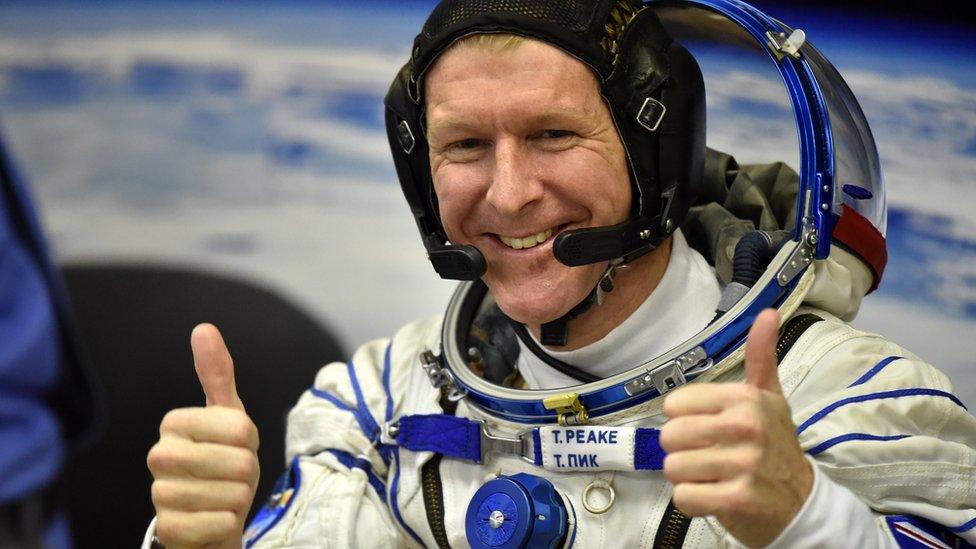
The Chichester-born astronaut attended the Royal Military Academy Sandhurst, and was commissioned as an officer in the Army Air Corps in 1992.
He served as a reconnaissance pilot and flight commander before qualifying as a helicopter flying instructor.
He retired from the Army as a major in 2009, when he became a helicopter test pilot, before being selected as a European Space Agency (Esa) astronaut in May 2009.
Mr Peake beat 8,000 other applicants to claim one of only six places on Esa's training program.
The father-of-two is the first Briton to join the crew of the ISS.


Tim Peake in space: Want to know more?
Special report page: For the latest news, analysis and video
Video: How the view from space affects your mind
Explainer: The journey into space
Social media: Twitter looks ahead to lift-off

- Published15 December 2015
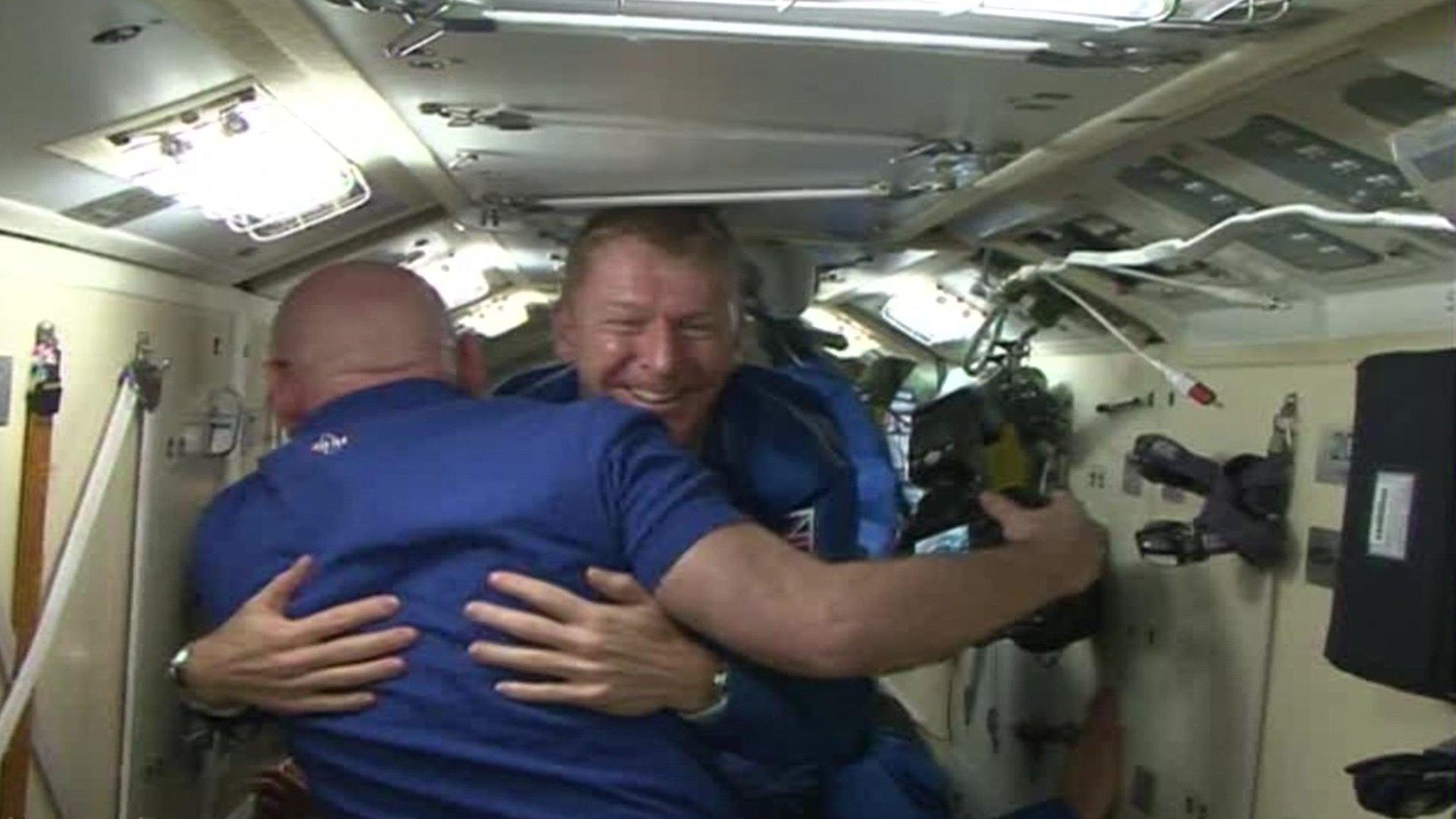
- Published14 December 2015
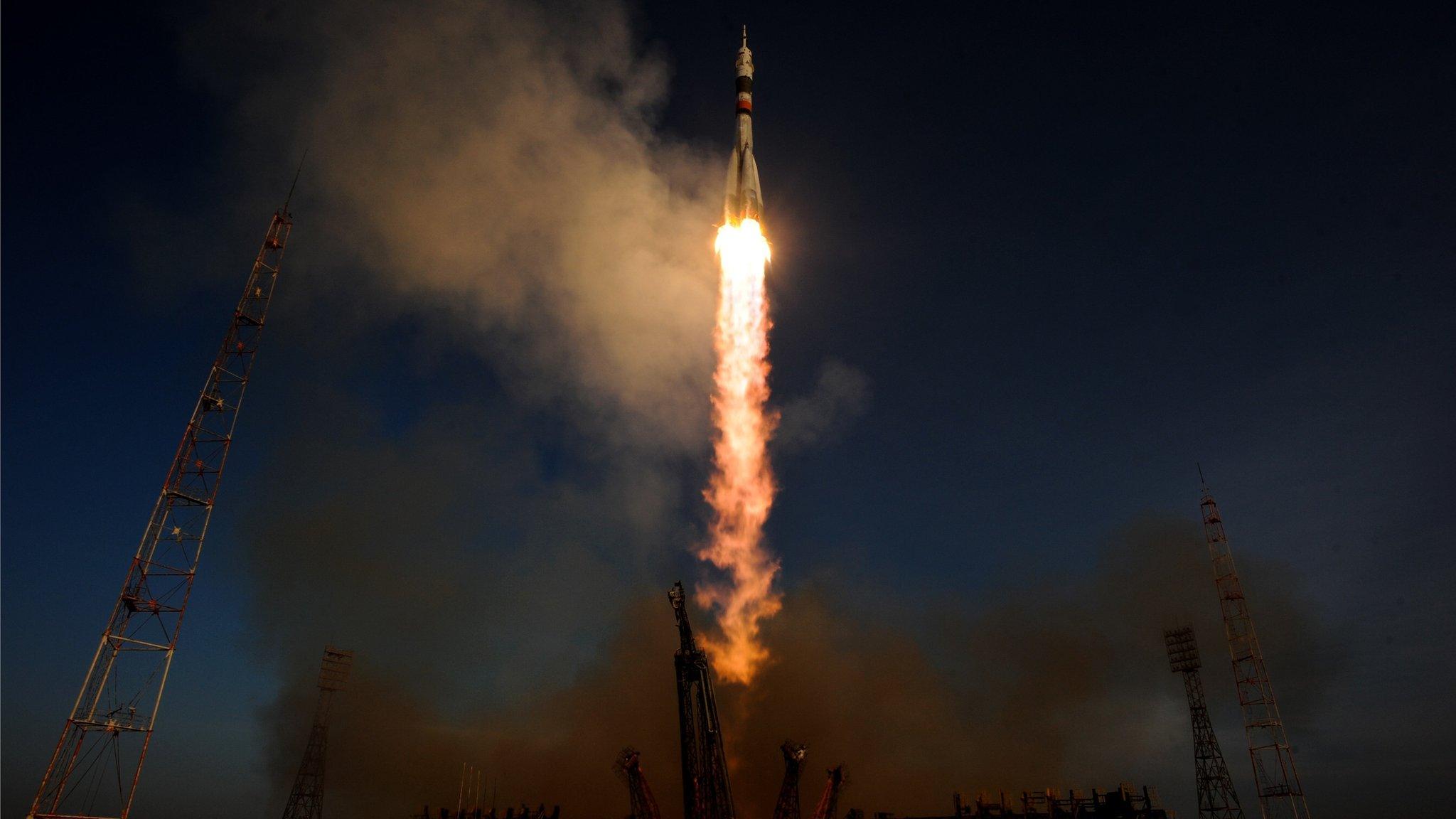
- Published15 December 2015
